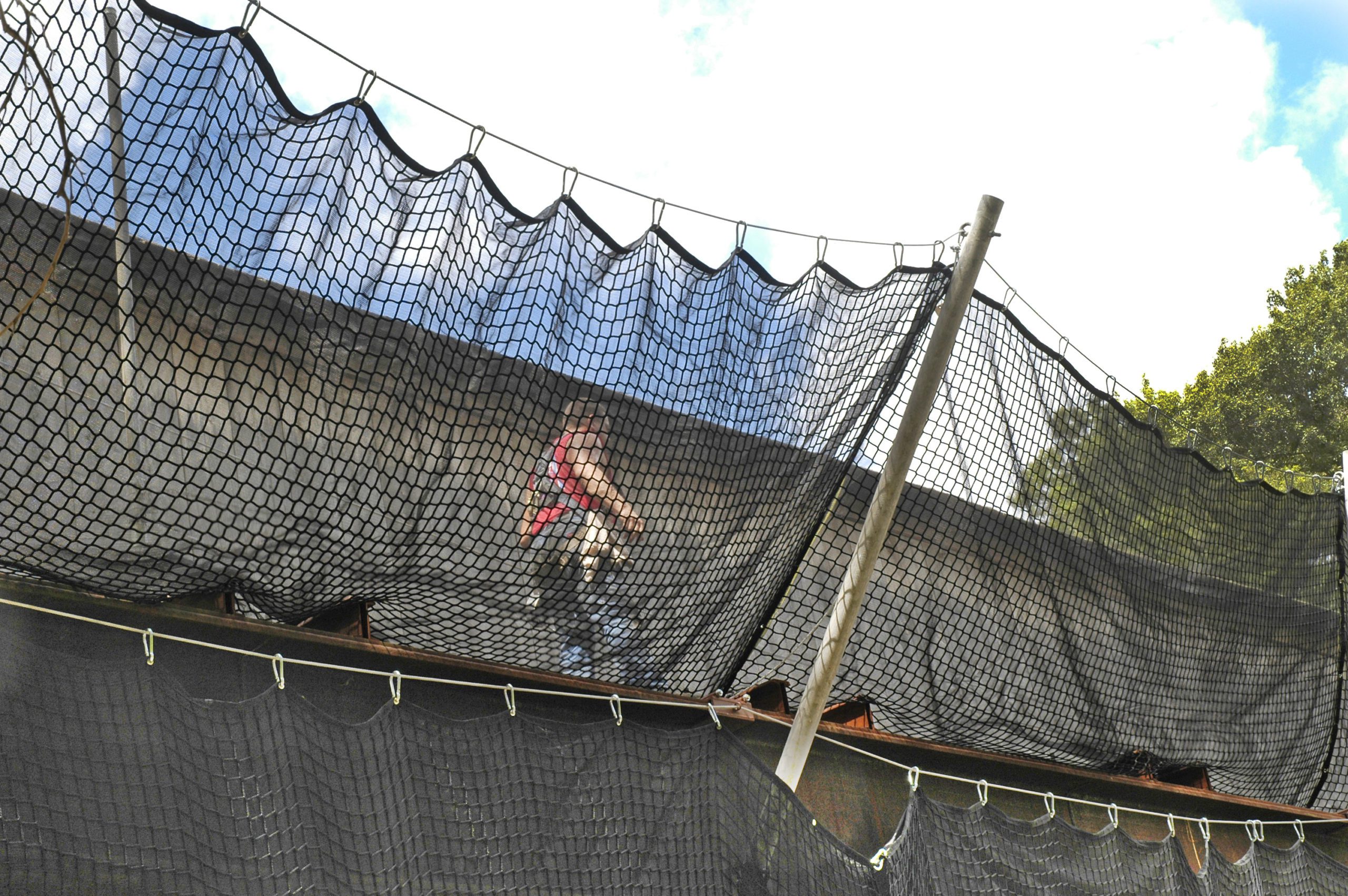Understanding Fall Protection & Fall Prevention on the Construction Job Site
June 2021
Safety is a critical aspect of any construction environment. The rather obvious goal is to prevent injuries and prevent loss of life. Job sites present many unique risks and challenges. But much of them can be alleviated by implementing good safety measures, including fall prevention and protection, as required and regulated by OSHA. Alarmingly, violations of these standards remain among the most cited by OSHA.
Fall Protection
In the event someone falls, you must avoid a potentially catastrophic situation. This is where personnel safety nets come to the rescue. These safety systems are required above certain heights, where other methods, such as catch platforms, safety lines, or safety belts, are not practical. Having a compliant and well-maintained safety netting solution also boosts morale and productivity while lowering insurance costs. This also means higher safety ratings, which helps construction companies remain competitive when bidding for new jobs.

InCord Personnel Safety Net
To meet stated weight load requirements, personnel safety netting is made of strong, durable material. For instance, at InCord, we use #120 industrial grade, high tenacity Nylon with 3-1/2 inch diamond mesh for high impact shock absorption. As an additional safety measure, it is treated with a fire retardant. The netting is rated to withstand a minimum test force of 17,500 ft-lb. PSN is certified to meet the requirements of ANSI A10.11, the U.S. Army Corp. of Engineers, and all applicable OSHA safety rules and regulations.
Fall Prevention
Certainly, it would be better to prevent falls from happening in the first place. At lower heights, this can be accomplished using a fall prevention system. While there are various solutions on the market, a lifeline setup is typically used in construction. This method consists of a harness, hooks, anchorage point, and a lifeline rope. The rope is made of synthetic fiber (natural is forbidden) and must have UV protection.

InCord Fall Protection Systems
The design is fairly straightforward. A typical full-body harness goes around the shoulders, down the torso on both sides, then extends around the thighs, and is crisscrossed over the back. This is where the lifeline connects via a snap hook. The lifeline is attached at the other end to the anchorage point, such as a structural beam. If someone falls while properly using this safety method, the rope prevents a fall by keeping the person suspended.
When it Comes to Safety, There are No Shortcuts!
Fall protection and prevention are indispensable on construction sites. Having a safety program in place is not an option. While it’s tempting to cut corners, this is not the place to try to save time or money. The goal is much more important: to protect construction personnel, prevent injuries and save lives.
See more Construction Safety Netting Solutions from InCord:
On job sites big or small, InCord’s custom-crafted safety netting solutions keep you on schedule and in compliance. Also available from InCord is East Coast Lifting Products. American-made synthetic slings, round slings, and tie‐downs.
For more information, email Sales Manager, Daniel Peloquin or call directly at 860.531.3311.
InCord Safety Netting Solutions
860.537.1414 or email netting@incord.com
A leader today and tomorrow.
In 2020, InCord was recognized by its employees and was awarded the Top Workplace by the Hartford Courant for the tenth consecutive year.
InCord provides custom netting solutions for Material Handling, Construction, Amusement, Sports, Theatre, Service Pits (BayNets™), Specialty, and Environmental/Ecological Restoration markets. InCord’s custom solutions meet or exceed applicable safety standards due to consistent research, testing and direct involvement with renowned safety organizations, such as ANSI, OSHA, and ASTM. InCord also offers in-house design, installation and extraordinary customer service for a complete, turn-key experience. Green Bureau Certified Platinum



